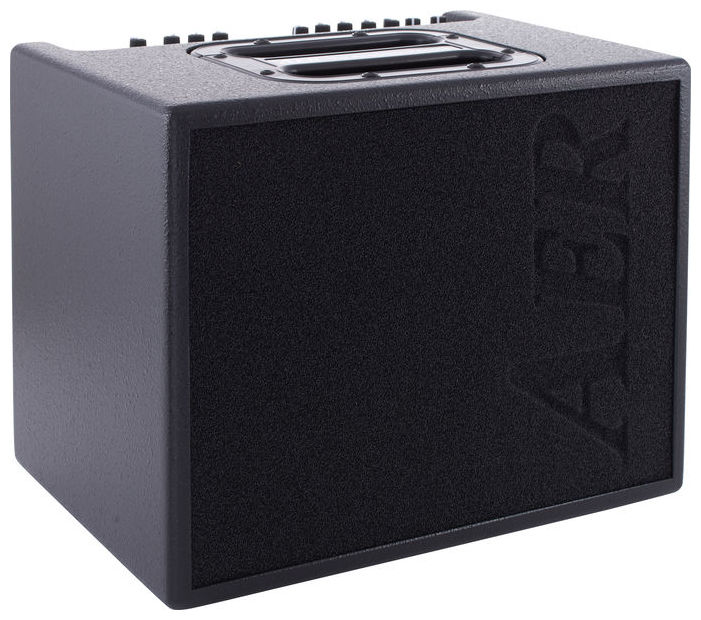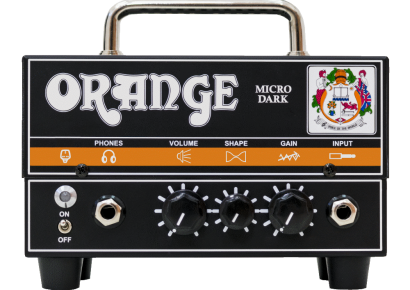This tiny little amp builds on the legacy of the Compact 60, especially in the sense that it’s designed to be as transparent as possible; this is not an amp that aims to create your guitar tone for you, but to present it in its best light. Compared to its predecessor, the 60/3 is a little lighter and it streamlines its onboard effects. It’s a 60-watt combo with a single 8-inch twin-cone full-range speaker. There are two channels (guitar and mic): there’s a 1/4-inch input with optional nine-volt phantom power, high/low switch which gives you a 10 db pad, controls for Gain, Color, Bass, Middle and Treble control on the guitar channel, and a combination 1/4-inch/XLR input with 24-volt phantom power, a line/mic switch, Gain, Bass and Treble controls on the mic channel. There are also a few digital effects on board in the form of two reverbs, a delay and a chorus. Then there’s a master volume, XLR DI out, line out, tuner out and a headphone out, plus an effects loop and a TRS effect footswitch jack.
Although this is designed to be a very transparent amp, it of course does have plenty of tone control, and AER has further refined its midrange control to be more effective across a wider range of its sweep, letting you really fine-tune the sweet spot for your particular guitar. If your guitar has no EQ at all, then there’s plenty you can do with the amp’s EQ section. If you do have EQ onboard, you can use this almost like you’re mastering a track in the studio, tweaking little elements here and there to present the best version of your sound to your audience.
This amp is also surprisingly loud for such a small, light box, and will happily handle a variety of live applications right up to certain outdoor gigs. One little niggle about this design and the previous incarnation: the effects don’t get sent through the DI output, only the speaker or the line out, and it’s kind of a bummer to dial in a lush reverb or delay only to have it inaudible via DI. Having to use the line out instead just to hear your effects is a bit of a hassle.
This is a beautifully transparent little amp when you want it to be, but it can also help you shape your sound if you need it to. It won’t make a bad guitar sound great but it’ll make a good one even better, and it has enough volume for a wide range of gig styles.
For more information, visit Pro Music Australia.

